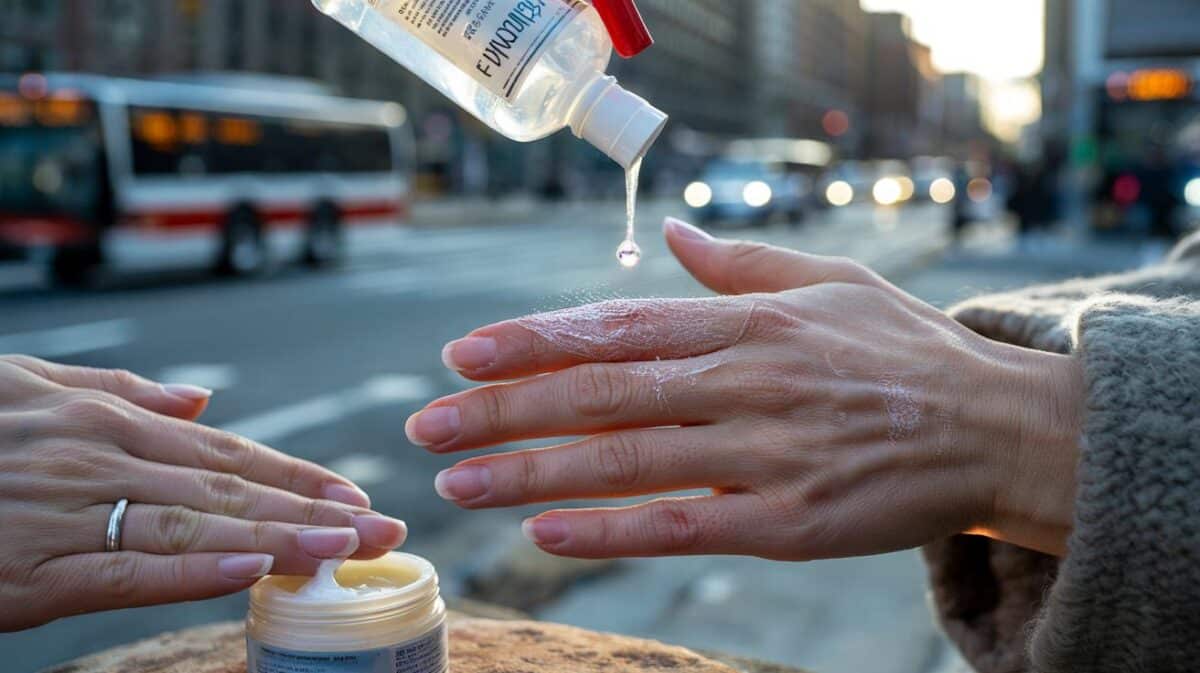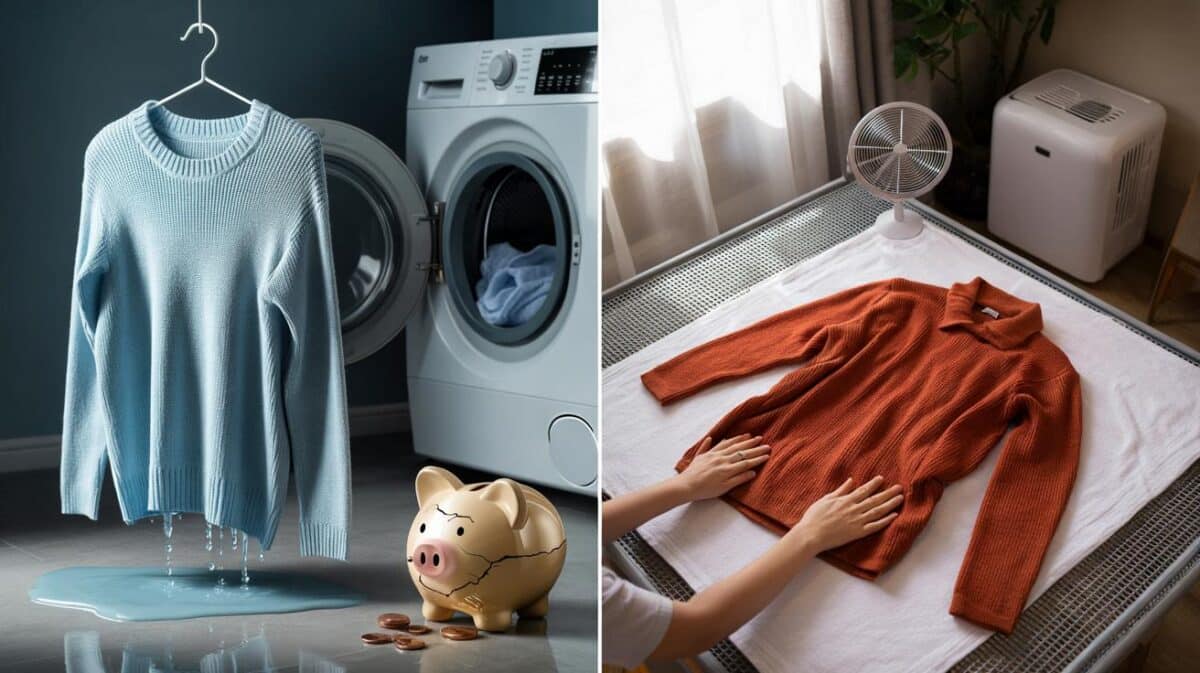Colours shift, shadows sharpen, and those perfect walls start to look strangely bare.
Across Britain, designers and homeowners are turning to tactile finishes that soften glare, warm tone, and add depth without gutting rooms. The move away from flat paint isn’t a fad; it’s a reaction to real homes, real light, and real comfort through the colder months.
Why flat paint feels cold in autumn
Flat, flawless walls used to signal modernity. Under softer autumn light, they can read as clinical. Smooth surfaces bounce light evenly and flatten shadows. That can make a room feel wide but thin, polished but distant. Texture changes the balance. It breaks light into gradients, throws gentle shadows, and rebuilds character where blankness ruled.
Texture also helps with acoustics. Hard, uninterrupted planes reflect sound. A mineral wash or lime plaster adds micro-variation that scatters echo. Rooms feel calmer. Conversations sit at a human level. Your radiator cycles, your curtains move, and the space breathes.
Texture shifts how light and sound behave. The result is warmer, calmer rooms with depth you can see and touch.
What designers are choosing instead
Limewash and mineral paints
Limewash leads the 2025 charge. It is mineral-based, vapour-permeable, and naturally matte. It regulates moisture, which helps when heating dries the air and condensation lurks on cold bridges. Brushed in thin coats, it creates soft movement and colour variation. The wall reads like stone rather than plastic.
Tadelakt and classic stucco
Tadelakt, a Moroccan lime technique burnished with stone, gives a silky, sealed surface with gentle sheen. It suits bathrooms and splash zones when properly soaped and maintained. Italian-style stucco offers a polished feel with subtle depth and faint clouding. Both add tactility without heavy texture.
Patinas, waxes and quiet matte finishes
Waxes, glazes and dead-flat varnishes turn a too-perfect wall into something lived-in. A transparent glaze tints and ages a colour. A wax adds a mellow sheen and slight protection. These options can rescue a single wall or awkward alcove in a weekend.
- Limewash: breathable, chalky matte, nuanced colour shifts, ideal for living spaces.
- Tadelakt: seamless, water-tolerant when finished, best for bathrooms and feature fireplaces.
- Stucco: refined sheen, layered depth, elegant in halls and dining rooms.
- Patina glaze: quick tonal variation over existing paint, low disruption.
- Micro-cement: thin, tough coating for kitchens, utility rooms and stairs.
Mineral finishes let walls breathe, cut the plastic look, and bring back the human touch missing from standard emulsion.
Room-by-room choices that work
Living room: choose warm limestone tones, soft ochre, or pale clay. Two limewash coats give a cocooning effect. Brush strokes should cross; that keeps the movement organic.
Bedroom: aim for powdery shades such as mushroom, plaster pink, or misty sage. A limewash or mineral silicate paint diffuses light at dawn and dusk, which helps the room stay restful.
Kitchen and hallway: use sealed lime plaster, micro-cement, or a waxed stucco in traffic zones. These finishes resist dings and wipe down easily. Keep colours earthy to mask scuffs.
Rental or cautious project: create removable textural panels on MDF, plywood, or canvas. Hang them like art. You get depth and variation without touching the landlord’s paint.
| Finish | Look and feel | Best locations | Typical cost per m² (materials) | Care |
|---|---|---|---|---|
| Limewash | Chalky, clouded, matte | Living, bedrooms, studies | £3–£8 | Gentle vacuum brush, dry cloth |
| Tadelakt | Silky, sealed, light sheen | Baths, splash zones, fireplaces | £20–£45 | Soap maintenance, avoid abrasives |
| Stucco | Polished, subtle depth | Halls, dining, feature walls | £12–£25 | Dust lightly, occasional wax |
| Patina glaze | Layered tone over paint | Alcoves, niches, small walls | £2–£5 | Wipe with damp cloth |
| Micro-cement | Contemporary, tough, refined | Kitchens, stairs, entrances | £18–£40 | Neutral cleaner, reseal as needed |
How to switch without a full renovation
Prep that saves the finish
Check for damp. Texture cannot fix water ingress. Sand glossy paint to a flat key. Fill cracks with compatible filler. Prime with a mineral or grip primer suited to your chosen system.
Tools that matter
Use wide masonry brushes for limewash. Carry a trowel and flexible spatula for stucco. Keep a natural sponge for gentle mottling. A good head torch shows how the surface catches light.
A weekend plan for a 12 m² wall
- Friday evening: sand and dust, mask edges, roll on primer (30–40 minutes).
- Saturday morning: first limewash coat, criss-cross strokes (45 minutes). Dry four hours.
- Saturday late afternoon: second coat for depth (45 minutes). Ventilate well.
- Sunday: optional soft glaze or wax on high-touch areas (30 minutes).
Small changes, big gains: one textured wall can warm the whole scheme and change how furniture reads.
Autumn colours and material pairings
Choose colours that echo the season without closing the room: bone, clay, rust, ochre, lichen, inky blue. Keep bright whites for trim only. Let walls sit slightly muted so textiles can sing.
Pair texture with natural materials. Raw oak and ash carry grain that harmonises with lime. Washed linen curtains soften edges. Terracotta pots and matte ceramics reinforce the hand-made mood. A wool or jute rug grounds the scheme and adds a second layer of tactility.
Costs, coverage and time you actually need
A 5-litre bucket of limewash can cover 25–35 m² in two coats, depending on dilution. A 20 m² room with three paintable walls might need 7–10 litres across two to three layers. Budget £50–£120 for materials if you already own brushes and dust sheets. Professional application ranges widely; expect £15–£30 per m² for lime-based systems in urban areas.
Drying varies with humidity and temperature. Keep rooms at 15–20°C and ventilate. Avoid forced heat blasting the surface; it can cause patchiness. Plan two calm days and light use of the room for another 24 hours.
Common mistakes and how to avoid them
- Over-brushing: stop when the coat looks even enough. The movement appears as it dries.
- Wrong primer: acrylic primer can block breathability. Use a mineral-compatible base for lime systems.
- Patch repairs: feather the edges far wider than you think to hide joins.
- Wet zones: seal with soap, wax, or micro-cement where splashes hit daily.
- Colour shock: sample on two walls and judge at morning, noon and evening.
If you rent or share, try this reversible approach
Make a pair of 60 × 180 cm panels from 12 mm MDF. Prime, then apply limewash or a patina. Lean them behind a sofa or bed. They catch light, shift sound, and move with you at the next tenancy. Cost lands near £60–£90 for both, including primer and fixings.
A quick guide to choosing by problem, not trend
- Room feels echoey: choose limewash or a soft stucco and add a heavy rug.
- Cold north light: warm neutrals such as clay, oatmeal, or ochre; avoid icy greys.
- Condensation on external walls: breathable mineral systems, gentle heat, and steady ventilation.
- High-traffic scuffs: micro-cement or waxed stucco near switches and door frames.
Extra: a simple light test and a maintenance plan
Stand a torch at skirting level and rake the beam across the wall at dusk. If the surface looks lifeless, texture will help. Test two sample squares: one brushed vertically, one cross-hatched. Pick the version that softens glare without feeling busy.
Maintenance stays light with mineral finishes. Dust monthly with a soft brush head. Dab marks with a barely damp cloth. Re-wax splash zones every 12–18 months. If a patch takes a knock, feather in a thin coat to blend movement rather than aim for a perfect match. That approach keeps the wall honest and the room calm through winter 2025 and beyond.








